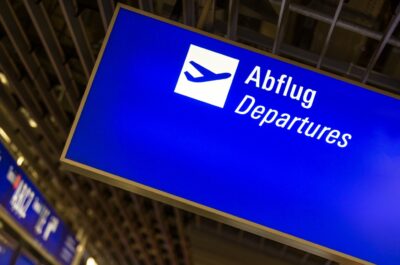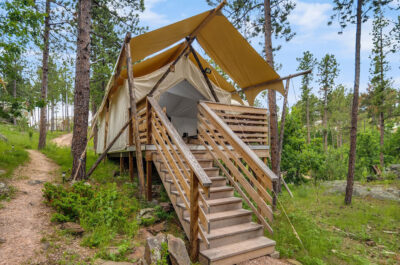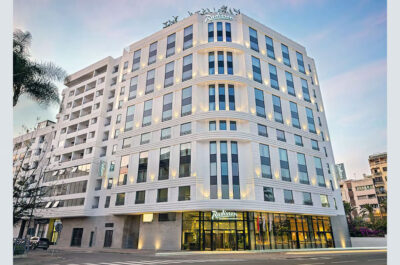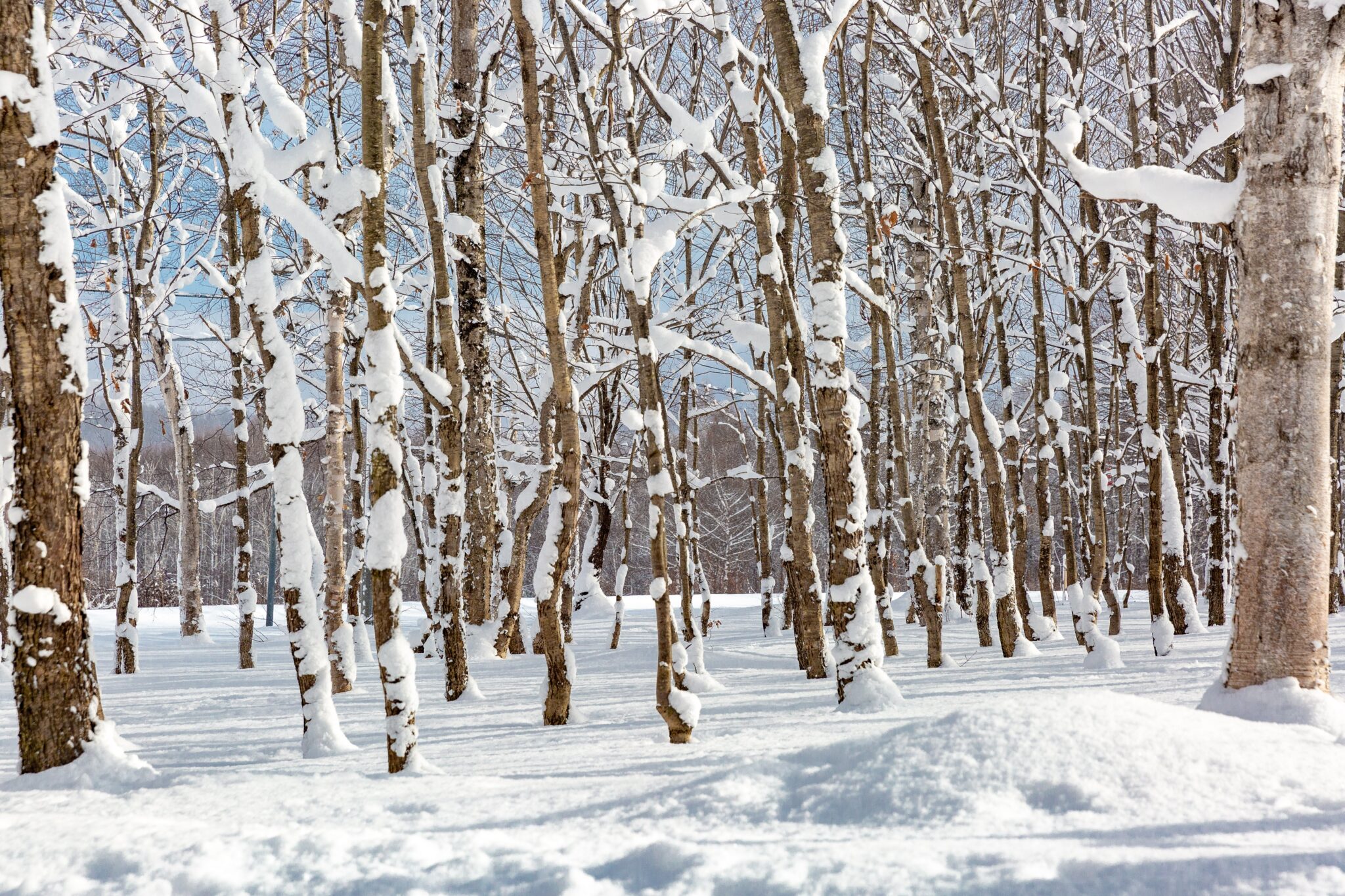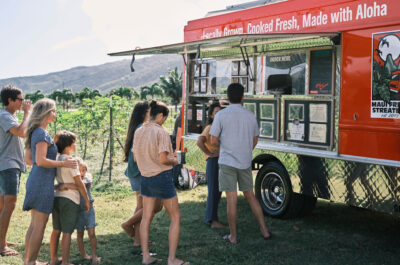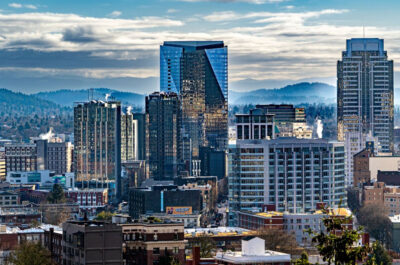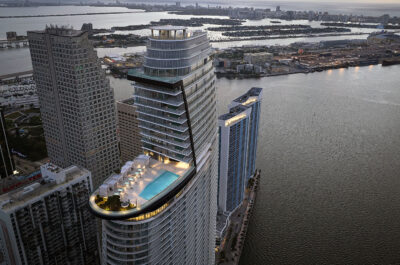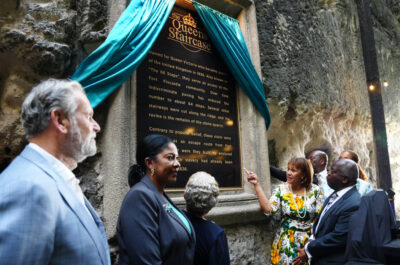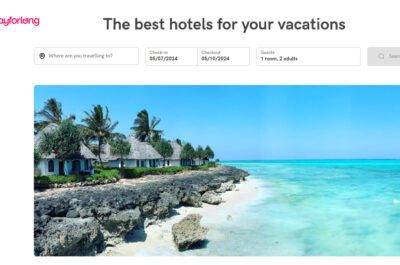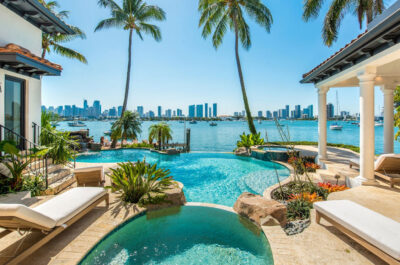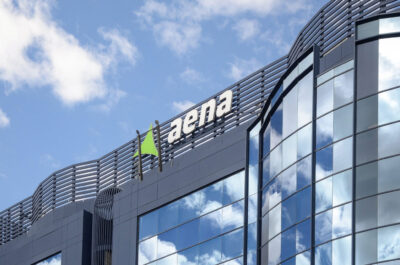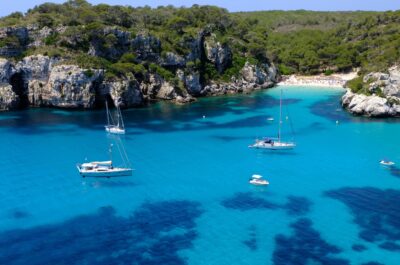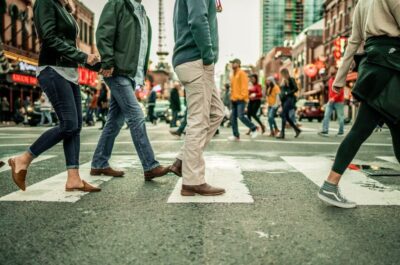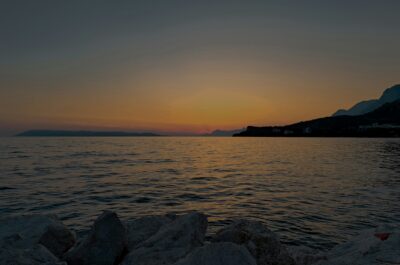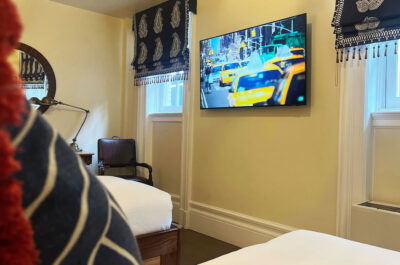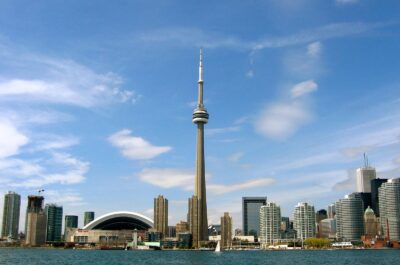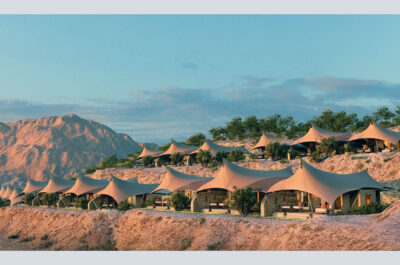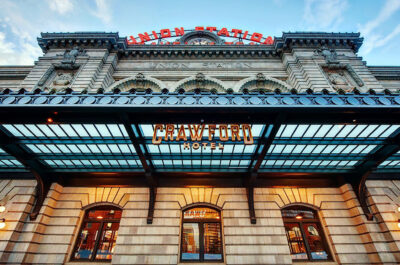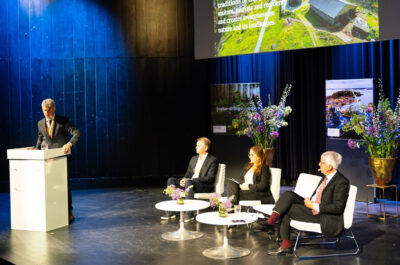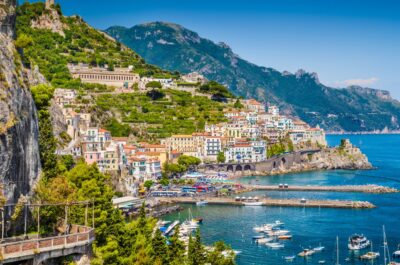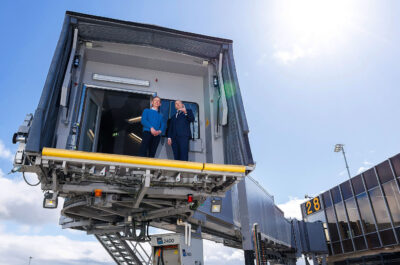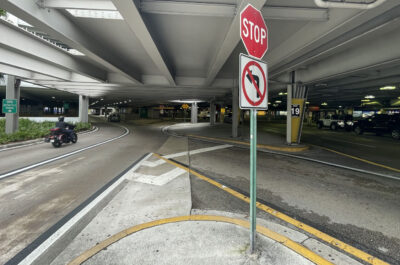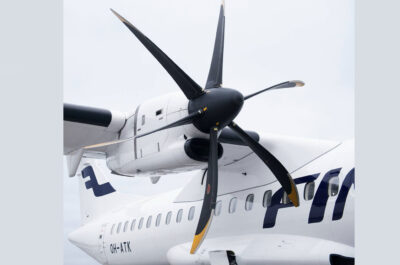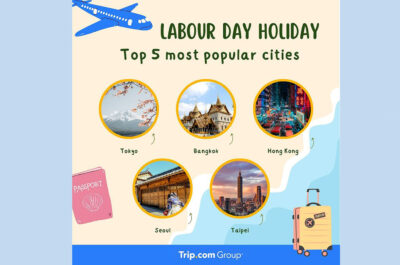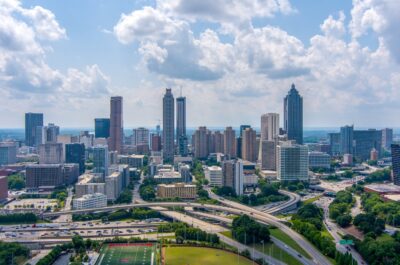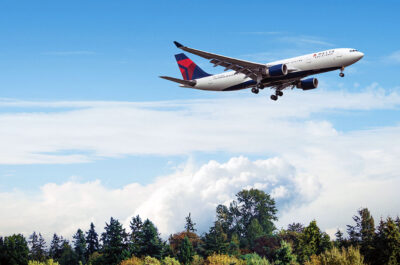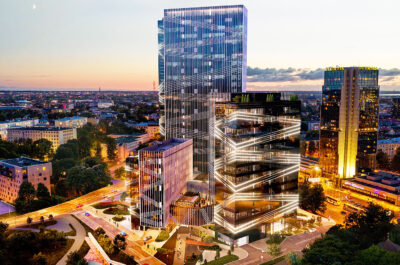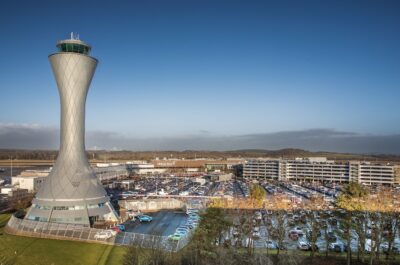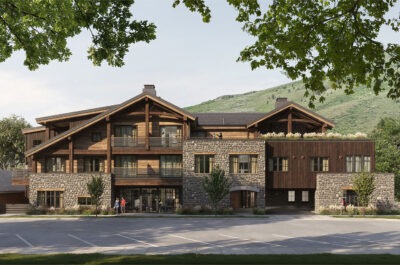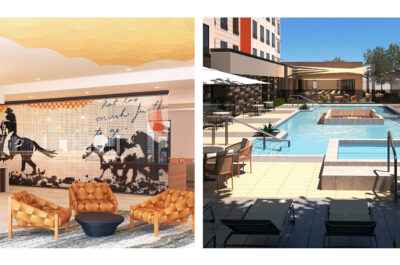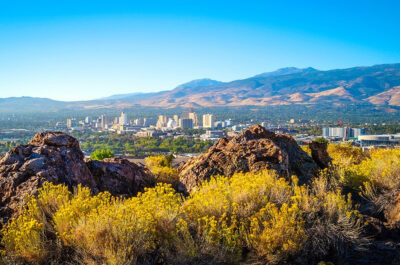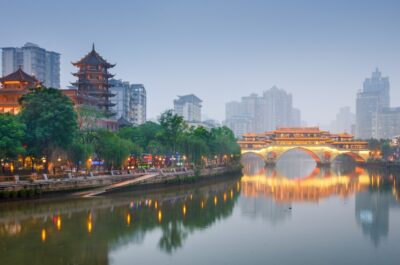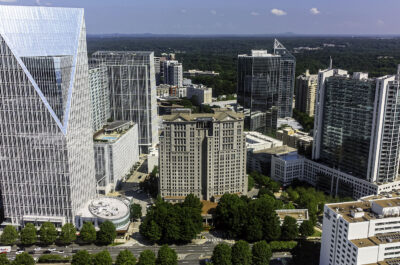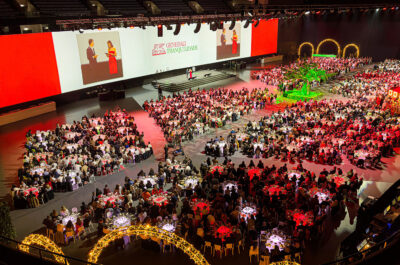If you are not exactly rich, and you are trying to stay in Niseko for the season, finding an apartment with reasonable rent can be a real challenge.
Does Hokkaido have amazing snow? It certainly does. Of all the places to ski or snowboard in Japan, Niseko is by far the most famous and in-demand.
In a typical year, more than a million visitors come to Niseko. That includes tourists from around the world, as well as thousands of seasonal workers that provide support for the resorts, hotels, and restaurants. All of those visitors need a place to stay, but those two groups of travelers have very different budgets.
For guests that come for a few days, perhaps they can pay ¥70,000 ($430 USD) per night for a hotel near the slopes. Or if they are traveling with friends, maybe they will all share a rental house for ¥300,000 ($2,000 USD) for the week. These are average prices for a short stay in the Niseko area (it is easy to spend more).
For seasonal workers, the prices tourists pay for a few nights are usually much too expensive. As tourists can afford the best apartments, long-term visitors and local workers must find other options.
If you are not exactly rich, and you are trying to stay in Niseko for the season, finding an apartment with reasonable rent can be a real challenge.
Requests for apartments in Niseko
Each summer, travelers and foreigners that want to work and play in Niseko start making plans for the winter season. By the end of summer, requests for apartments in Niseko are very common. As we did our research for this piece, we asked Find Hokkaido Agents (a Sapporo real estate company that helps foreigners rent or buy property in Hokkaido) to share some of the requests they received for this season:
“I am looking for a place to rent in Niseko for the winter season November to April. Ideally one bedroom. We are hoping to work a winter season but want our own accommodation, looking for the lower budget end.”
— Visitor request, September 2023
Oh, you want an apartment in Niseko for the season, huh? Hoping to keep costs down?
Here is another one:
“I am looking to rent an apartment for one month near Grand Hirafu, Niseko Station, Niseko Village, Kutchan Station. I am going to Niseko for skiing, so I want to find an apartment near the lifts.”
— Visitor request, October 2023
Close to the lifts? Sounds pretty good to us too. If you can find some apartments like that, let us know – we know some people that would like to join you.
It is completely reasonable to want a simple apartment (“near the slopes”), but as the peak season approaches apartments like that are almost impossible to find. In Niseko (if those options ever exist), by about September almost any moderately priced apartments are already taken.
Why are apartments in Niseko so expensive
The typical request in the winter season for an apartment in Niseko is for a one bedroom, with travelers suggesting a budget of about ¥70,000 per month. As monthly rent in Hokkaido goes, that would be considered expensive (above average compared to most apartments).
And if you read the introduction to this article, you would know that ¥70,000 is about the same as a one-night stay at a Niseko hotel.
Can you see why there is a conflict here? If you are a real estate investor in Niseko, and you could charge tourists ¥70,000 per night for a room, why would you bother to build apartments that rent for ¥70,000 per month?
Starting at the end of summer, for people looking for reasonably priced apartments in Niseko, the truth is they basically do not exist. For travelers and seasonal workers (and for the businesses that would like to employ some of those travelers) that is an ongoing problem.
Supply and demand
The shortage of affordable housing in Niseko is a basic supply and demand issue. There are not enough low-cost apartments for rent, particularly not for “short-term” stays of under a year. That is the supply-side part of this problem in Niseko.
As for the demand, we can look back at the history of Niseko and see that today’s challenge is the current result of an ongoing marketing effort to make Niseko a premier winter destination. And that demand-side part of “The Niseko Story” goes back to at least the 1990s.
Niseko as a premier winter resort destination
Beginning around the 1990s, there was a big thrust to put Niseko on the map for ski and snow lovers. That marketing effort was a fantastic success. Even though Niseko is one of the smallest towns in all of Hokkaido, it has become internationally famous for the winter snow.
Since then, various forces have coalesced to market and further hype the wonders of Niseko. Local real estate professionals have compared Niseko to more established resorts like Whistler in BC, Canada, or to Aspen in the United States. Producers like The Poor Boys and Warren Miller have made ski and snowboard videos, sending images of thigh-high powder into the imaginations of skiers around the world. More recently, Hokkaido has become a major attraction for people from warmer Asian countries that want to experience snow.
Niseko is an international phenomenon. Which is amazing, considering it is still today a collection of tiny towns, each with a notable lack of infrastructure.
Local companies sometimes provide housing for seasonal workers
One solution to the housing shortage that has emerged for Niseko is that some of the larger businesses provide housing for their workers.
“For companies located in Niseko, many of them have their own ‘worker housing,’ whether that be a dormitory style housing or apartment buildings.”
— Department of Commerce and Industry Labor, Hokkaido Government
Large hotels and resorts can sometimes provide accommodations for workers; this helps explain how they manage to find employees, even as Niseko is an expensive place for the working population to live.
And while some very large businesses are able to offset the cost of housing for their employees, that doesn’t help the employees of smaller businesses like restaurants or shops. The fact remains that the Niseko government cannot expect employers to provide housing for hundreds of workers each year.
Comments from the Niseko government
If you don’t work for one of the big resorts, and the average accommodation is priced for affluent tourists, where are you supposed to stay?
That is a great question.
When we asked the local government where seasonal visitors could find an apartment in Niseko for the season, most of what we heard was not particularly helpful.
“The government can’t make decisions to work on ‘short-term’ or ‘seasonal’ housing, since occupancy is not something we can reliably guess.”
— Department of Civil Engineering, Niseko Town
Here the spokesperson from Niseko Town brings up an important part of the Niseko story; almost all of the visitors come in the winter season. While the region is working to create more interest in the “green season,” the lack of year-round work and commitments to annual apartment leases adds to the housing problems.
Local government officials in Niseko recognize the problem, but it’s difficult to point to any solutions for the near-term. As for recommendations:
“City hall can’t introduce property, we can only introduce local real estate agents that could help find some housing.”
— Department of Civil Engineering, Niseko Town
Niseko Town points you to the real estate companies, but can the private sector be expected to help travelers find a place to live during
the peak season?
Can Niseko real estate agents help you find an apartment
Our experience is that the local Niseko realtors want to be friendly and helpful. They appreciate the tourists and visitors. The agents, investors, and developers have played an important part in creating the housing and amenities that currently exist for travelers to use and enjoy. They want Niseko to grow.
But regardless of what the local government might recommend, real estate agents in Niseko are not focused on helping moderate income travelers and seasonal workers find apartments. As our friend Graeme Glen at H2 Christies says, “Most visitors that want to rent Niseko apartments for the season will find that nobody wants to talk to you.” And to be fair, it is true that providing housing for seasonal visitors is just not the agents’ responsibility.
There is a lot of profit to be made from selling property in Niseko and from building custom homes for wealthy buyers, but is there any incentive for private investors and real estate developers to create housing for workers?
Local comments on the housing shortage
In our research on this topic, we spoke with some local organizations and businesses that helped us better understand the situation. The locals in Niseko talk to thousands of visitors each year, and they know the challenges of trying to find a place to live in Niseko on a limited budget.
One group we spoke with was NisekoTourism.com, which is run by The Niseko Promotion Board (NPB) – a non-profit, member-based organization that helps to both promote Niseko, and to plan for its future. We asked Acme Wu if investors and real estate companies can help solve these housing challenges:
“I am not sure where the profit can come from: seasonal staff don’t have the budget to pay fees to find housing, and the small business owners don’t either.”
— Acme Wu, Niseko tourism
There is a lot of money and investment in Niseko, but the typical investor is not focused on serving the year-round population, the “ski bum,” or the seasonal worker on a modest budget.
While the agents and developers may not be responsible for solving the housing shortage in Niseko, the private sector does have some smart comments that might help us to understand the current situation.
Eddie Guillemette is the CEO of Midori no Ki Kabushiki Gaisha, a hospitality company that both rents to visitors and helps clients build homes or buy property in Niseko. They understand the challenges that visitors face, and experience those challenges themselves as they bring in additional staff to work during the peak season.
Eddie acknowledges that there “is a shortage of suitable staff accommodation in Niseko at the moment.” His experience with the local market shows in the practical suggestions he had to help improve conditions.
“There is no easy solution to this challenge. Some local governments in Hokkaido are providing subsidies to incentivize companies to build staff accommodation in their town. This support could help bring more investment for this type of accommodation and bring workers to the town.”
— Eddie Guillemette, Midori no Ki Kabushiki Gaisha
This kind of suggestion gets at one of the core problems with Niseko housing: real estate in Niseko is expensive. If the local government wants the private sector to help provide apartments in Niseko for seasonal visitors, providing subsidies might be one solution that could help make that a reality.
Hokkaido government’s plans for housing in Niseko
The prefecture of Hokkaido itself has an interest in seeing Niseko grow. The plans to take the shinkansen super-train through Kutchan Town are a sign that Hokkaido is invested in the future of Niseko. We asked a Hokkaido government representative about where seasonal workers and other travelers are supposed to stay, if they are not a good fit for ¥70,000 per night hotel rooms?
“We do not have information about housing for individual workers. The current problems in the [Niseko] region we are acknowledging and dealing with are ‘seasonal dependency of tourists’ and ‘tourists not visiting other locations outside the main spots.'”
— Department of Commerce and Industry Labor, Hokkaido government
Both the Niseko towns and the larger Hokkaido government recognize the lack of housing, but do not have much to say that is hopeful. We are sympathetic; as Eddie says, there are no simple solutions.
Stay in Sapporo, work in Niseko (2030)
One of the more specific comments we were able to draw from local officials was the idea that the shinkansen might be a solution.
“The Shinkansen would allow for a commute from further places like Sapporo.”
— Department of civil engineering, Niseko Town
It seems likely that the shinkansen will actually increase visitors to Niseko, and may create even more competition for local housing. Could it also be that some of those visitors might find apartments in Sapporo, and then take the super-train into Niseko for work?
We asked Acme with Niseko Tourism about that idea:
“I don’t think for seasonal workers, shinkansen service will help the issue. It’s not cheap, so who is going to cover the commute fee?”
— Acme Wu, Niseko Tourism
A local ride on a train or bus in Sapporo might only be ¥200 – ¥500 (or about $2 – $3 USD). For the shinkansen’s super-fast service to and from Sapporo (which doesn’t even exist yet), the cost would be closer to ¥3000 – ¥4000 (round trip) each day. That will probably make that solution impractical for most seasonal workers.
And yet, better public transportation in the Niseko region does seem like a viable solution. Midori no Ki Kabushiki Gaisha’s Eddie had another comment that might be practical: “The long-term solution could include a better public transportation system in winter. There are many reasonably priced houses and apartments 20 km or more outside of Kutchan and Niseko. There are, however, very few ways for staff to get to and from their workplace other than a car at the moment.”
— Eddie Guillemette, Midori no Ki Kabushiki Gaisha
If the high-dollar buyers will own and rent all the property closest to the slopes, providing efficient transportation (presumably by bus) to nearby housing corridors would allow staff and more low-budget travelers to live locally. Better integration of local transit seems like it might have a bigger impact than the shinkansen, and at a lower daily cost to local workers.
As we write this piece it is early November. A few snowflakes have fallen, but the snow has not begun to accumulate yet. It is not early, but it is hardly “last minute” either. And yet, the Niseko real estate agents have not had any apartments to offer for months.
We wish we had some good news. We asked around. We talked to everyone for you (and we’re grateful to all the wonderful Hokkaido people that contributed to this discussion). The shinkansen may provide some solutions in the future (after 2030), and local transportation may unlock more cost-effective solutions. But for now, for the 2023 season we are sorry to say:
No, you can’t have an apartment in Niseko for the ski season.





